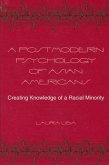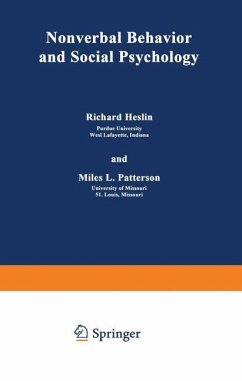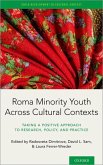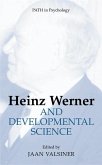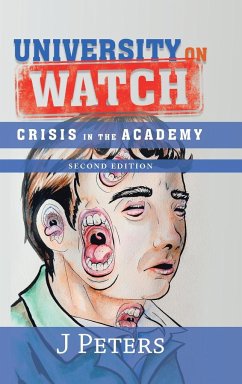HAROLD B. GERARD AND NORMAN MILLER In the fall of 1965, when the school board of the Riverside Unified School District made its momentous decision to desegregate the ele mentary schools in Riverside, both of us were faculty members in the psychology department on the Riverside campus of the University of California. The riots in Watts had occurred the previous August and the shock waves were being felt around the cou~try. Although the black population of Riverside at the time was only 6% or 7%, people were ap prehensive. A story appeared in the local paper, The Rzverside Press Enterprzse, about several Blacks who were watching the burning and looting in Watts on TV. One of them, excited by what he saw, ex claimed, "Man-let's burn here, too. " The others in the bar were more level-headed and fortunately dissuaded him from following his impulse. Barely two weeks later, however, someone set fire to one of the build ings of Lowell School, in the eastside ghetto area. Nothing was leftof the building but a charred shell. People in Riverside, of all ethnic groups, were generally edgy in the face of a seemingly volatile situation. Agitation by minority parents for improved education for their children seemed to be reinforced by the general unrest.


